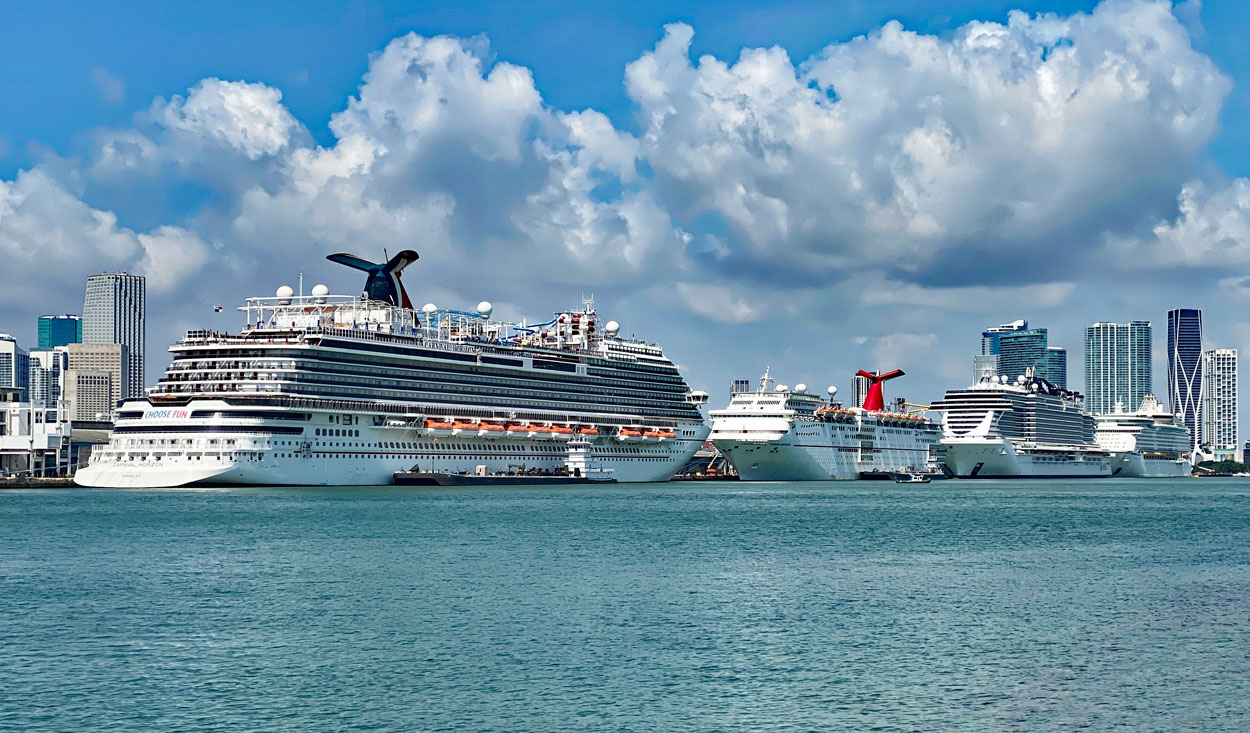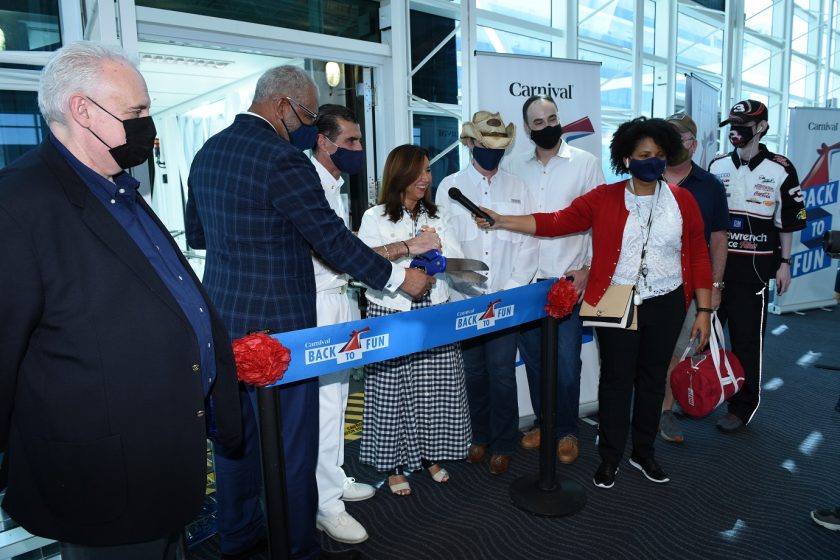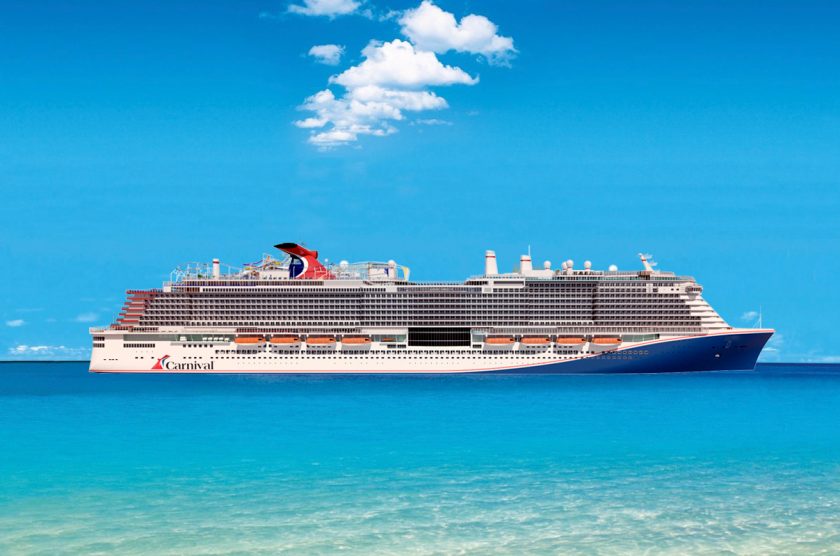Last week, the CDC’s ongoing no sail order that had been continually extended since March 2020, was allowed to expire. While cruise lines and cruisers alike were anxiously waiting for that moment for months, the CDC quickly released a detailed 40 page document outlining the steps required by cruise lines to start sailing again.
The CDC’s Framework for Conditional Sailing order follows a phased approach to resuming cruises from the United States. From reading the document, it becomes very clear that a full scale restart of the cruising business is not imminent. This point has been reinforced by the fact that every major cruise line operating from U.S. ports has already canceled the remaining cruises departing in 2020.
Some Cruise Lines have briefly commented on the Conditional Sail Order:
Carnival Cruise Line
Carnival Cruise Line will continue to work with the CDC on an eventual return to guest cruise operations. We are evaluating the CDC’s new order that sets out the conditions under which cruising can resume, but there are a significant number of requirements that must be evaluated in the context of our plans to resume operations. We ask our guests, travel advisors and community and destination partners for their patience as we complete our review. We are committed to communicating more details as soon as possible.
Royal Caribbean Group
While we are eager to welcome our guests back on board, we have a lot to do between now and then, and we’re committed to taking the time to do things right. This includes training our crew in new health and safety protocols and conducting a number of trial sailings to stress-test those protocols in real-world conditions.
Norwegian Cruise Line
On October 30, the U.S. Centers for Disease Control and Prevention (“CDC”) issued the Framework for Conditional Sailing Order (the “Order”), a roadmap for the steps the CDC will require for resumption of cruise voyages in the U.S. The Company will closely review the Order and continue to partner with global and domestic authorities, including the CDC, to chart a path forward. We are committed to taking all appropriate steps and actions to combat the spread of COVID-19 and are working closely and in partnership with local, state, federal and global agencies.
What are the key points of the new Conditional Sailing Order and what does this mean for cruise passengers?
-
- This order only applies to any cruise ships sailing within or moving to U.S. waters
- Laboratory testing for every crew member must be conducted on a weekly basis or at such other intervals as required by CDC in technical instructions or orders
- Cruise Lines must conduct a simulated voyage or series of simulated voyages demonstrating the cruise ship operator’s ability to mitigate the risks of COVID-19 utilizing volunteer passengers that meet specific requirements
- Cruise Lines must apply for a COVID-19 Conditional Sailing Certificate for each vessel they intend to operate within U.S. waters
- Cruise Lines must have dedicated onshore medical facilities for isolation and quarantine of COVID-19 cases and close contacts, respectively, including port of embarkation through disembarkation for each voyage
- CDC may limit the terms or conditions of a cruise ship operator’s COVID-19 Conditional Sailing Certificate in regard to passenger or crew capacity, itinerary, ports of call, length of voyage, onboard or shoreside activities
- Cruise Lines must advise prospective passengers prior to booking that, if a threshold of COVID-19 is detected on board the cruise ship during a voyage, the voyage will be ended immediately and the ship returned to the U.S. port of embarkation, and their subsequent travel, including their return home, may be restricted or delayed
- The cruise line must not sail or offer to sail on an itinerary longer than 7 days. CDC may shorten or lengthen the number of days permitted to sail based on public health considerations
- The cruise line must screen passengers and crew before they embark for signs and symptoms or known exposure to COVID-19
- The cruise line must conduct laboratory testing of all passengers and crew on the day of embarkation and the day of disembarkation in accordance with CDC technical instructions or orders
- The cruise line must meet standards for hand hygiene, face coverings, and social distancing for passengers and crew, as well as ship sanitation, as required by CDC technical instructions or orders including modifying meal service and entertainment venues to facilitate social distancing
- If COVID-19 is detected onboard, the cruise line must immediately isolate any sick or infected passengers and crew in single occupancy cabins with private bathrooms and quarantine all remaining passengers and non-essential crew
- CDC may deny an application for a COVID-19 Conditional Sailing Certificate, or revoke, or suspend a COVID-19 Conditional Sailing Certificate within certain conditions
- The Conditional Sail Order will remain in effect until November 1, 2021 or upon the expiration of the Secretary of Health and Human Services’ declaration that COVID-19 constitutes a public health emergency
The expiration and replacement of the long-standing no sail order was welcomed by cruise lines and cruise passengers. With all cruise lines already canceling the rest of the 2020 cruise departures from U.S ports, the earliest cruises could restart would be in January 2021.
Any restart would be contingent on successful completion and certification of the required simulated cruises and other restrictions under the Conditional Sailing Order over the next several weeks. Additionally, the new order will likely have some impact on many cruises already booked to depart January 2021 onward, with capacity limits, length of cruises and number of ships allowed in port at any one time.
Read the full 40-page CDC Framework for Conditional Sailing order.




